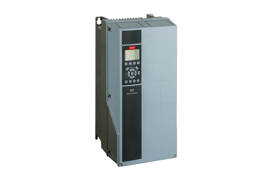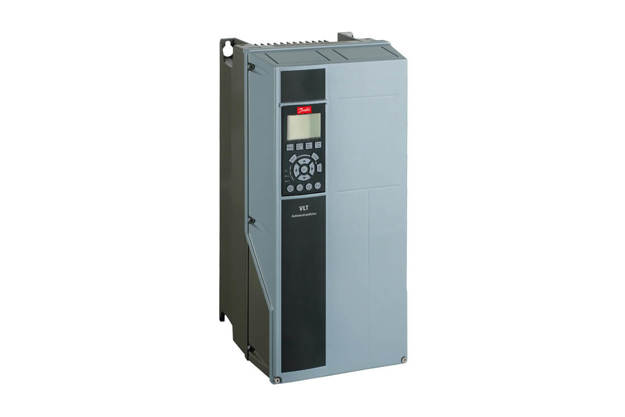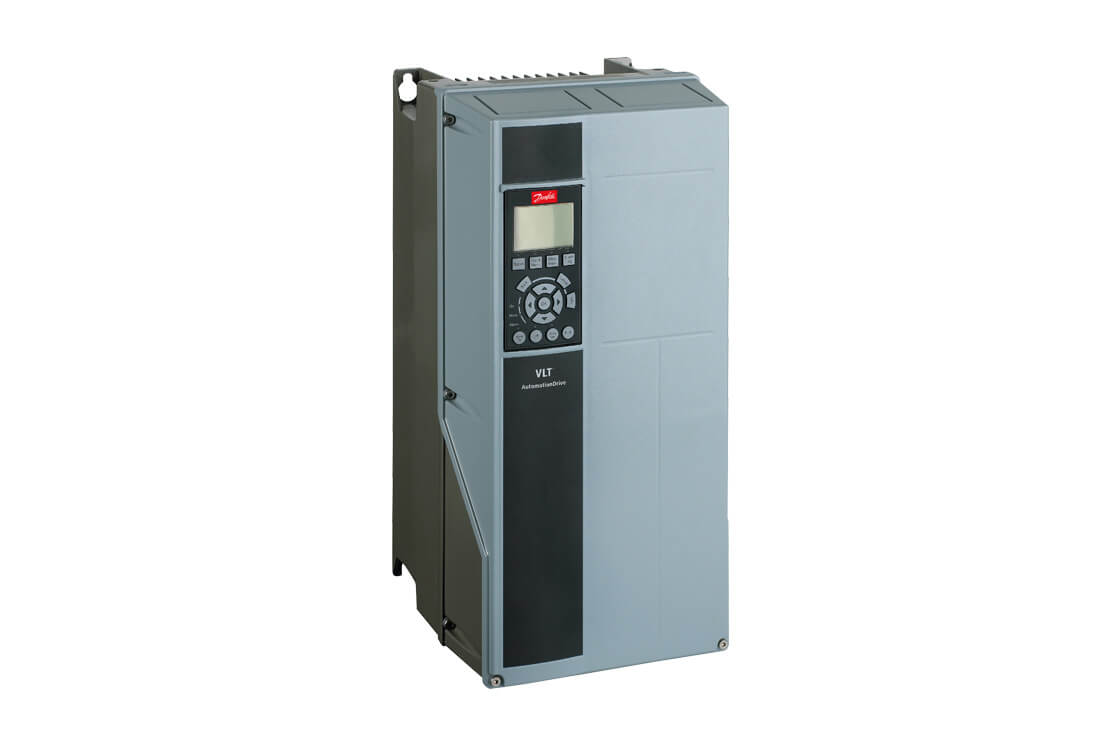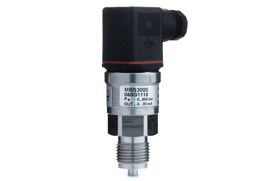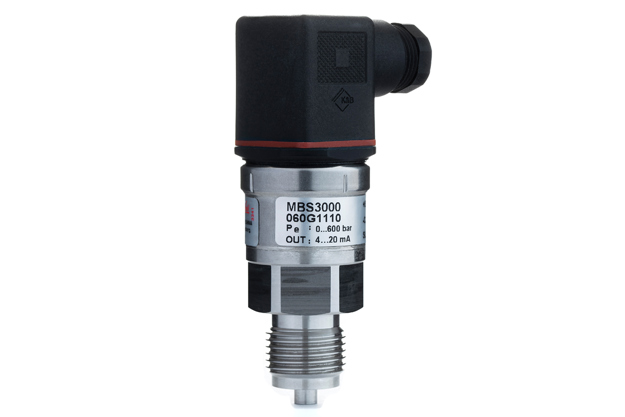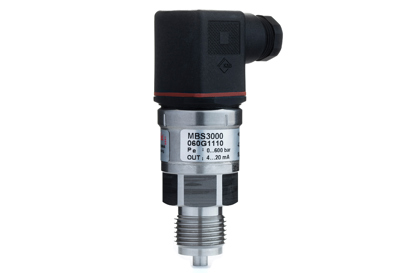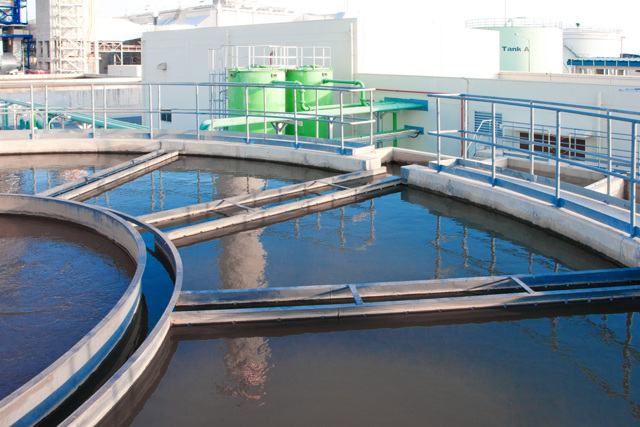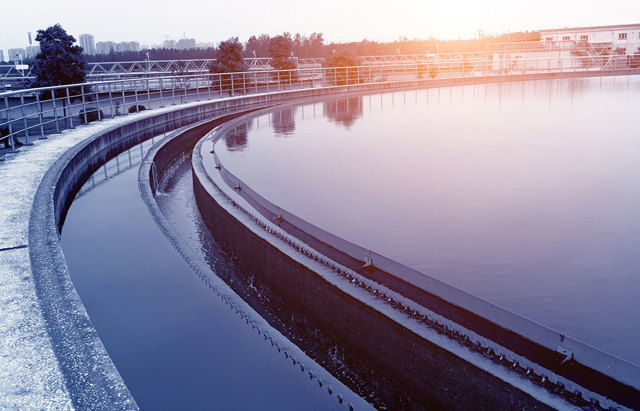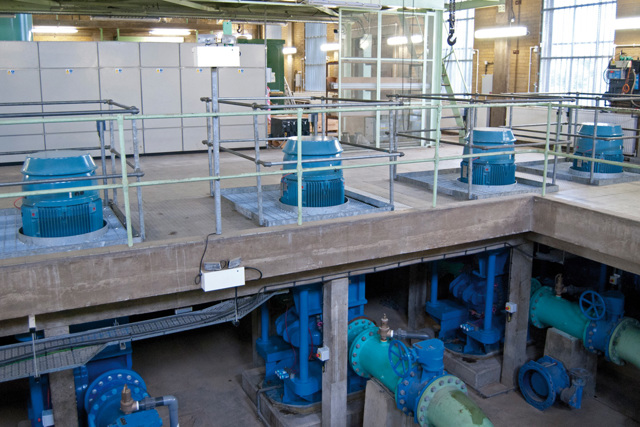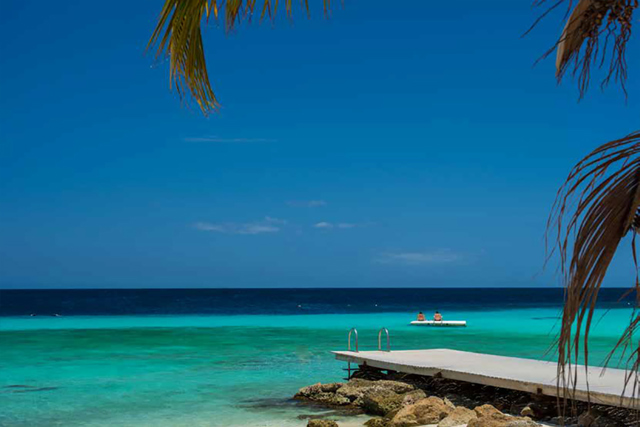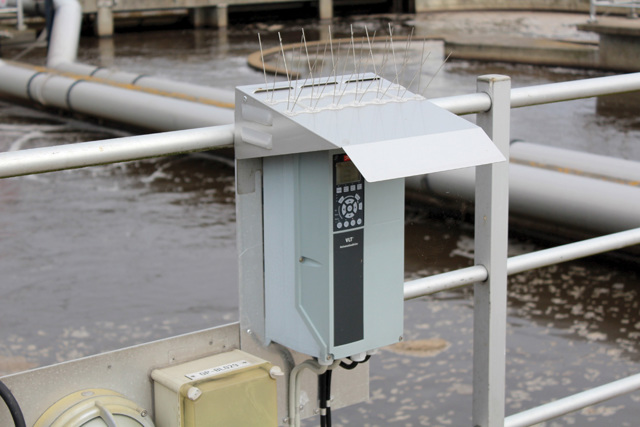Water management doesn’t have to be highly energy consuming
Typically, water and wastewater treatment processes account for 25–40% of a municipality’s electricity bill and are the equivalent of 4% of global electricity consumption. Water and wastewater facilities are therefore normally the single-largest electricity consumer for a municipality.
Extensive use of AC drives and realtime online sensors creates the basis for advanced realtime process control.
These are now combined with energy production based on the methane from a wastewater plant’s digester, resulting in the first full-scale facilities in operation on a completely energy-neutral basis. This is obtained without adding external carbon, solar, wind or any other energy sources. The energy neutrality covers the whole water cycle, from water production and distribution to wastewater pumping and treatment.

Wastewater canalization system
Energy optimization and SCADA control of the wastewater canalization system is also a fast-moving trend. By using Danfoss AC drives, it is possible to improve pump efficiency by 15–30% and also drastically reduce maintenance costs. The deragging function prevents pump efficiency from dropping by increasing clocking and extends pump maintenance intervals. Using an AC drive together with a SCADA system also offers the possibility to secure maximum utilization of the volume capacity in the canalization system in relation to storm water overflow.
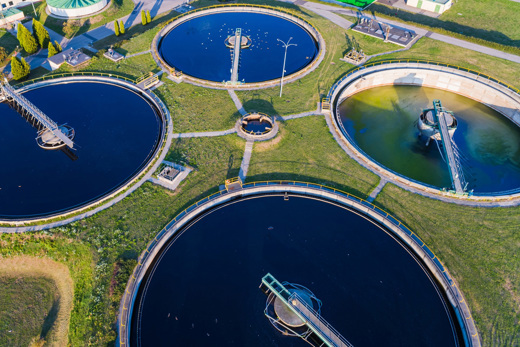
Wastewater treatment plants
The latest buzzwords in wastewater treatment plants are ‘Bio refinery’ and ‘Water Resource Recovery Facilities’. These cover the general acceptance that wastewater has to be considered as a resource from which both energy and valuable resources can be gained. In some of the most advanced cases, energy production has now (even without adding external carbon or energy resources) reached a level where the energy recovered from wastewater treatment process not only covers the plant’s own needs, but also the energy needs for drinking water production and distribution as well as wastewater pumping. In other words, the whole water cycle can be considered energy neutral.
A precondition for energy neutrality is a control handle in the form of an AC drive available for all rotating equipment, so that the fully computer-controlled facility can adapt to the changing load. Typically, 30–60% of energy is used in the biological process; AC drive control can usually cut energy consumption by 20–40%. Sludge age control by control of the RAS pumps is similarly important to both limit energy consumption and also avoid ‘burning’ carbon, which is needed in the digester for generating gas for energy production. Danfoss AC drives have been chosen for some of these most advanced facilities, where high installed efficiency of the drive and greater reliability and ease of operation have been key selection criteria.

Generating surplus power from wastewater treatment
Since 2010, Marselisborg wastewater treatment plant has transformed its focus beyond minimising energy consumed, to maximising net energy surplus. Nowadays the facility has net production of both electricity and heat, supplying the district heating system in Denmark’s second-largest municipality, Aarhus. The carbon footprint has been reduced by 35 % accordingly.
Related products
-
if (isSmallPicture) {


 VLT® AQUA Drive FC 202
VLT® AQUA Drive FC 202VLT® AQUA Drive FC 202 controls all types of pumps and comes equipped with a cascade controller.
-
if (isSmallPicture) {


 MBS 3000 general purpose pressure transmitters
MBS 3000 general purpose pressure transmittersMBS 3000 is designed for use in almost all industrial applications, and offers a reliable pressure measurement, even under harsh environmental conditions.
The flexible pressure transmitter programme covers all standard output signals.

